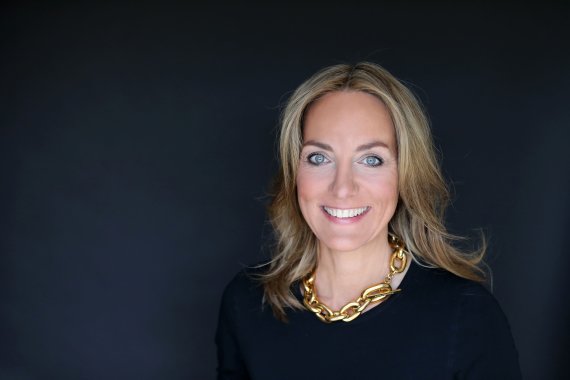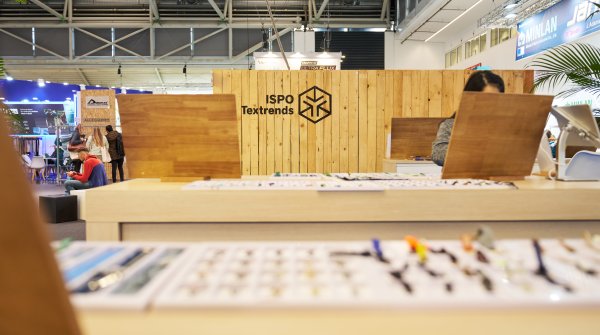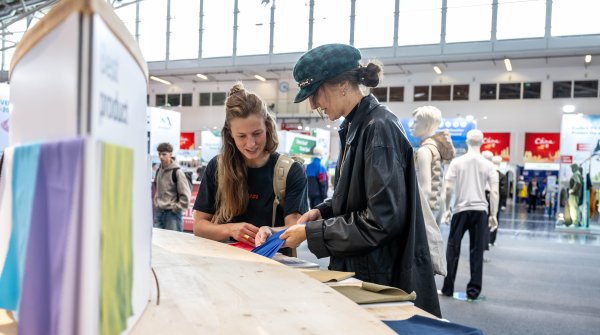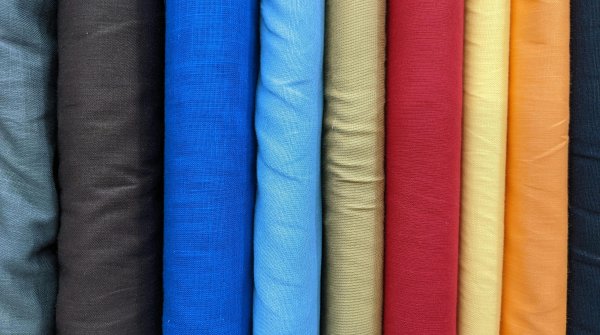- Why is it only now that brands are starting to take the women's market more seriously?
- Who has pioneered the women’s sector?
- How easy is it for established brands to grow their business to incorporate the women's sector?
- What does it entail, there is more to the women's outdoor market than switching colours?
- How do you work with brands who are looking to develop new collections for women?
- Final advice to brands considering entering the women’s market?
Whilst many brands offer a women’s line, they are often adapted from the male collection rather than developed from source. There are brands out there that are geared towards women, who have seen the potential and the need for a different approach to products for consumers to achieve the best performance they can, but there is still plenty of opportunity in developing more women-specific products.
ISPO.com spoke with Christina Käßhöfer, Independent Senior Advisor, Brand and Female Consumer Expert on her views of how brands can achieve the right products.

The management of many established sporting goods companies has been traditionally male. In the sports entertainment sector of the past, money was made by mass market sports such as football and their international top events such as Football Champions League. Both, spectators and players have been men, and therefore potential customers targeted by the brands.
Now since 2018, women are the strongest growing group at sports competitions. Brands like Nike have targeted women with campaigns for two decades. But it seems only now, that given the difficult market environment in recent years, more brands and retailers see the need to compensate flattening sales and exploit the growing opportunity in women. I am content to observe a heightened interest in the female consumer, but there is a long way to got and get it right.
In a challenging economic environment with slowing consumer sentiment, high stock and often tight cash flow, nothing is easy. But the gains compensate the risks.
In my opinion, a concentration by management on the following key topics helps to develop a long-term female sports business:
- Complete change in corporate mind-set (from management to hiring female designers to a changed communication and brand ambassadors with a commitment to go “fully in”)
- A solid assessment and optimization of operations in regard to product development, sourcing and supply chain, distribution and communication toward this target
- Product development (functionality and product shape based on a different physical anatomy, desire for product appeal and different story telling around the benefits, use and needs rather than functional features)
- Distribution and services for this female audience (from product staging to inspirational outfits to female-focused services like festivals, additional product information)
- New experiences taking into account how she feels, shops, trains, competes, eats, how the community spirit and her self-awareness can be strengthened
In the end, the success and ease depends on the determination, the continuity and the willingness to dive deep and the emotional and cognitive process of women practising sports and buying sports products.
Well, this would be a start. Every time I visit a sports retailer, I am surprised by the female colour ranges and the potential to improve them. It is evident in market research: how ever functional a product is, she only buys it, when it is appealing.
Everything starts with her needs: The quality, the feeling of the fabric on the skin, the functionality and versatility, and how comfortable it is. The guidance she receives from sales staff or online to choose the right product for her needs, the experience she makes and affirmation she receives when going trail running, climbing, hiking with that product.
When women test products in a “safe” women-only community, often they are willing to invest in the best product.
Data driven category management and rethinking the value chain from material to transportation of goods under ecological and economical aspects, aiming for a sustainable even not circular business model plays an important role. However, forecasts have proven to be extremely difficult. The industry suffers. Now, assortment strategy and planning is important.
When you start, really start with the women you want to target, defining persons for all teams from design to sales training to work for, define categories and the proficiency level(s) and product range (shoes from urban to trail to speed to hiking), analyse your existing sell out data.
My advice would be depending on existing business and experience to start with a small range of products that are design from scratch for her. Shape, physiognomy, fit, emotional needs, appeal. Test it with a group of athletes from different levels. Get their feedback, test, reconfigure.
Then create a compelling story from the perspective of the female targets that tells her why (benefit, feeling) and not what (features). Start a dialogue. Listen. Rethink and make it better.
 ISPO TextrendsThese are the winners of ISPO Textrends Spring/Summer 2027
ISPO TextrendsThese are the winners of ISPO Textrends Spring/Summer 2027
- ISPO awards
- Mountain sports
- Bike
- Design
- Retail
- Fitness
- Health
- ISPO Job Market
- ISPO Munich
- ISPO Shanghai
- Running
- Brands
- Sustainability
- Olympia
- OutDoor
- Promotion
- Sports Business
- ISPO Textrends
- Triathlon
- Water sports
- Winter sports
- eSports
- SportsTech
- OutDoor by ISPO
- Heroes
- Transformation
- Sport Fashion
- Urban Culture
- Challenges of a CEO
- Trade fairs
- Sports
- Find the Balance
- Product reviews
- Newsletter Exclusive Area
- Magazine





